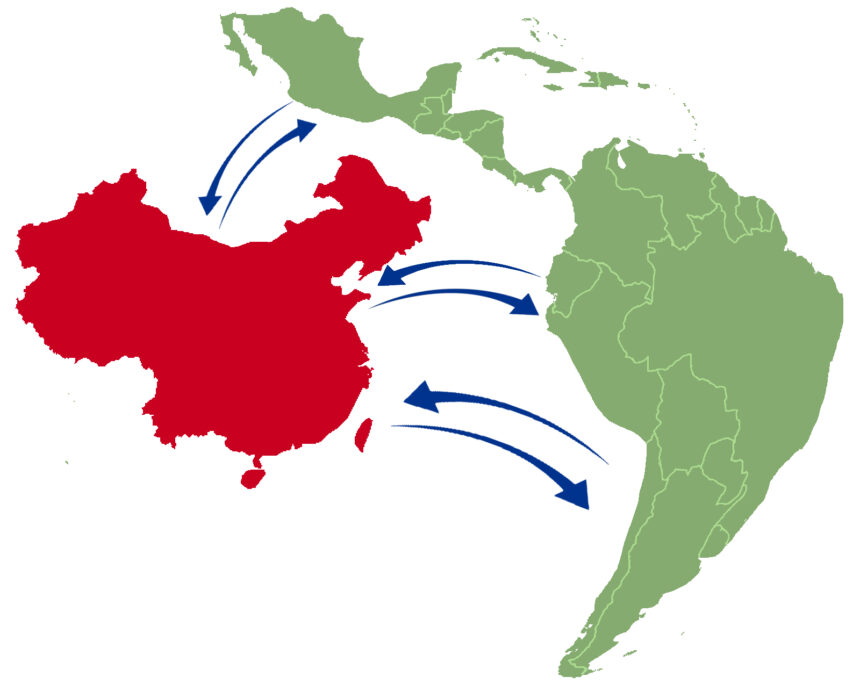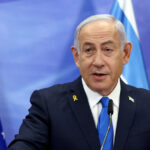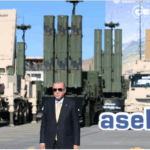Summary & Additional Remarks by Geopolist | Istanbul Center for Geopolitics:
The Trump administration’s “Americas First” policy signals a dramatic shift from the traditional U.S. strategy of promoting democracy, universal rights, and global institutions. Instead, the administration has embraced a more transactional approach, where economic and political incentives (carrots) and punishments (sticks) take center stage. Although the administration recognizes China’s expanding presence in places like Panama and Mexico as a strategic challenge, its own tactics may inadvertently accelerate China’s growing influence in Latin America.
1. Machiavellian Roots: Fear vs. Love
Niccolo Machiavelli once argued that it is safer to be feared than to be loved when both cannot coexist. The Trump administration’s emphasis on short-term gain and coercion over sustained partnership hearkens back to this philosophy. While fear-based tactics can yield immediate results, they often come at the cost of long-term goodwill and reliable alliances—especially in a region historically sensitive to U.S. intervention.
2. Unintended Consequences of U.S. Trade Policies
2.1 Shift in Commodity Exports
- Tariffs on Chinese Goods: By imposing tariffs on China, the United States prompted Beijing to redirect its purchases of agricultural products—like soy, corn, and beef—from the U.S. to Latin American countries, particularly Brazil, Argentina, and Uruguay.
- Rare Earth Elements: As Washington pushes back on China’s access to rare earths, Beijing has turned to Brazil, which already supplies a significant portion of resources like niobium.
- Steel and Alternative Markets: Latin American nations facing increased U.S. tariffs on steel and other products may respond by intensifying trade with China, Europe, and Asia, although it may not fully compensate for lost U.S. markets.
Impact: These dynamics fortify China’s economic foothold in Latin America, undercutting U.S. leverage and deepening Beijing’s connections with local governments and businesses.
3. Declining U.S. Appeal as a Partner
3.1 Perception of Coercion
- Cuts to USAID: While the administration claims USAID had flaws and promises to shift legitimate aid to the State Department, the abrupt cutback has disrupted local communities and contractors. It also sends the message that U.S. support is conditional and primarily self-serving.
- Tariffs and Threats: Washington’s increasing use of tariffs, sanctions, and public threats—such as the suspension of visas or punitive trade measures—fosters resentment among regional elites and ordinary citizens.
- Eroding Trust: Frequent policy pivots—from the Trump to Biden administrations, and even within the Trump administration itself—make the U.S. look less reliable. Meanwhile, China presents itself as a predictable and consistent economic partner, even if it is guided by its own interests.
3.2 Challenge to U.S. “Brand”
Historically, U.S. influence in Latin America has been partly built on the ideals of democracy, transparency, and collaboration. Stepping away from these core tenets undermines the credibility that once differentiated the United States from other powers—including China, which is often viewed as focused primarily on profit and strategic advantage.
4. China’s Expanding Influence in Multilateral Institutions
4.1 U.S. Withdrawal from Key Bodies
- WHO and Paris Climate Agreement: Pulling out of major organizations and treaties leaves a vacuum for China to fill, enabling Beijing to shape global standards and policies.
- Organization of American States (OAS): With the U.S. effectively sidelined or weakened, China can strengthen its ties with Latin American and Caribbean nations. This could be seen in the 2025 OAS secretary-general election, where a China-backed candidate may gain momentum.
4.2 Financial Support and Agenda-Setting
By continuing or increasing its financial contributions to these institutions, China not only fosters good relations with member states but also gains a platform to influence regional decision-making, regulations, and diplomatic discourse—often at the expense of U.S. priorities.
5. Espionage Risks and Human Networks
5.1 Alienated Bureaucrats
- Growing Disenchantment: U.S. policies that are seen as harsh or indifferent—especially cuts to aid and scholarships—can alienate local elites who previously had pro-U.S. leanings.
- Motivation for Cooperation with Beijing: Individuals who feel abandoned by or resentful toward the U.S. are more susceptible to Chinese offers of business partnerships, sponsored trips, or intelligence collaboration.
5.2 China’s Engagement Tactics
- All-Expense-Paid Visits: China frequently invites Latin American journalists, politicians, security officers, and academics to China, aiming to win hearts and minds.
- Local Organizations: Beijing also works through chambers of commerce, “Friendship Committees,” and ethnic Chinese associations to maintain a constant presence and influence in the region.
6. The Long-Term Cost to the U.S. “Brand”
The United States historically leveraged a positive global reputation—rooted in the promotion of democracy, fair play, and cooperation—to build and maintain alliances. A transactional, coercive approach compromises this “brand value,” especially in a part of the world where memories of past interventions run deep. Once eroded, trust and goodwill can be difficult to rebuild.
Crucial Insight: The United States, as a free-market democracy, is disadvantaged in matching China’s more flexible style of dealmaking—where funding, infrastructure projects, and political ties can come without overt demands for transparency or respect for human rights. Unless Washington carefully balances its own interests with genuine partnership and respect, it risks alienating allies and pushing them closer to China.
Conclusion: Balancing Self-Interest with Strategic Diplomacy
While pursuing “America First” objectives, the Trump administration (and any U.S. government, for that matter) must remain vigilant about unintended consequences. Overreliance on threats and quick gains can undermine the very values that give the U.S. a unique advantage over its strategic competitors. To effectively curb Beijing’s growing influence in Latin America, Washington needs a steady and reliable presence, mutual respect, and strong support for democratic institutions and local development. Only by safeguarding these attributes can the U.S. maintain its edge and truly put America’s long-term strategic interests first.
Read more here.







